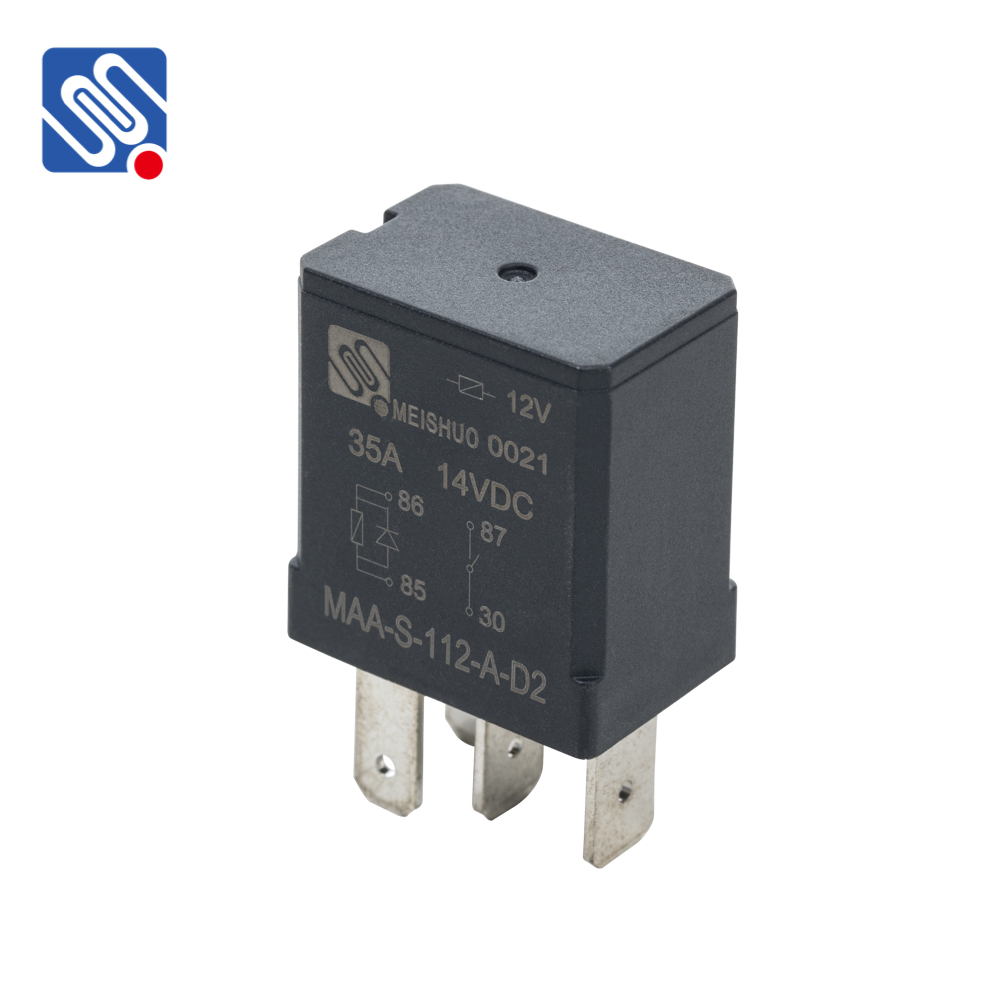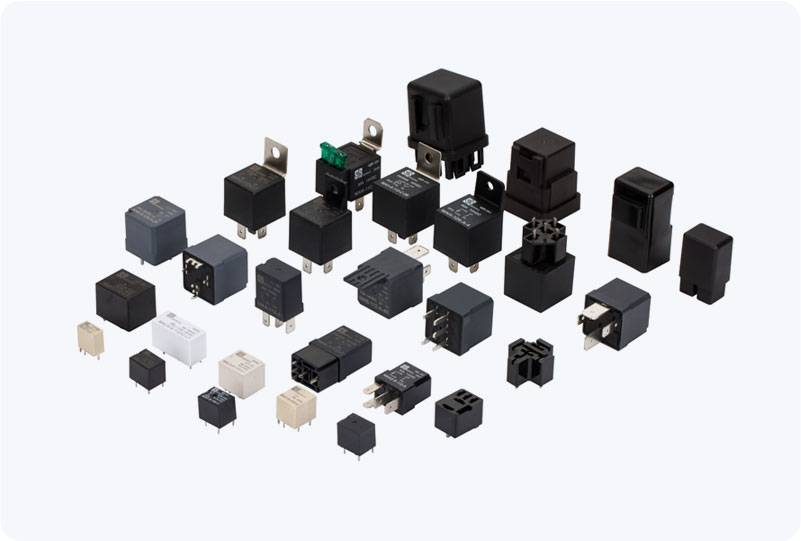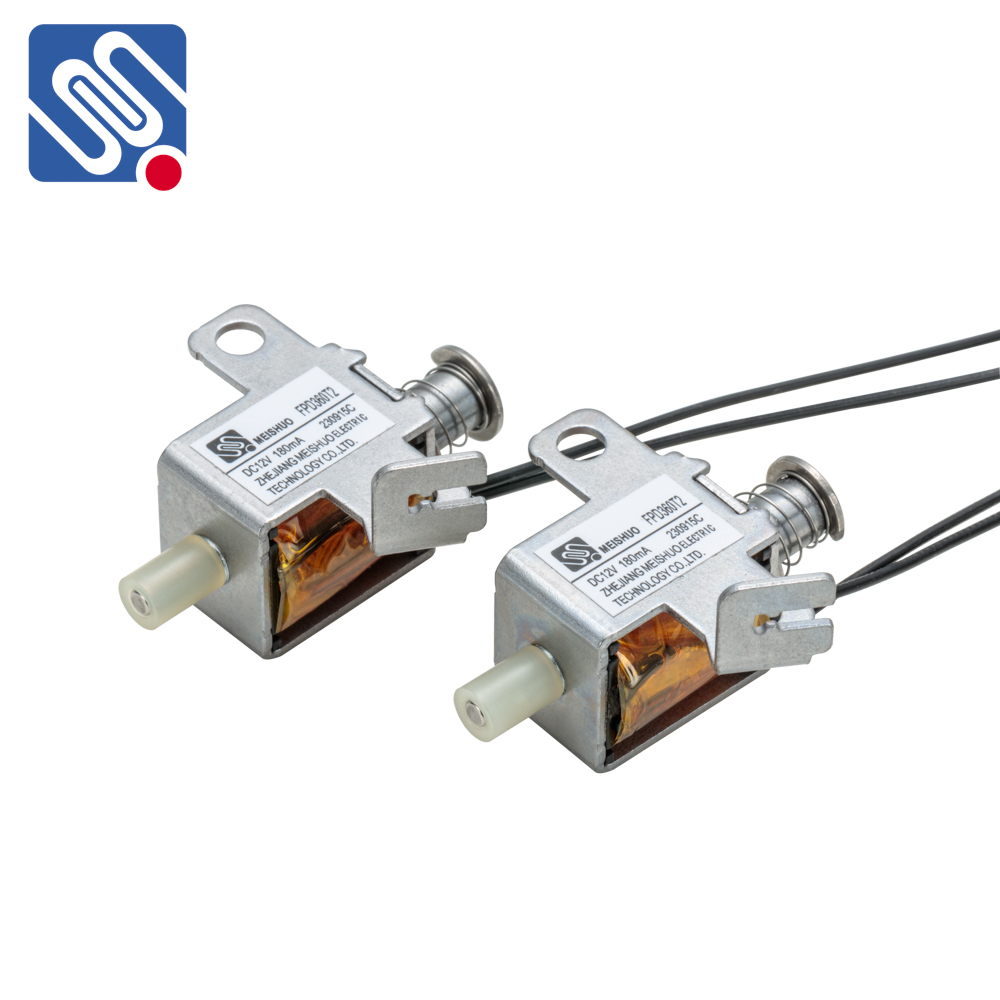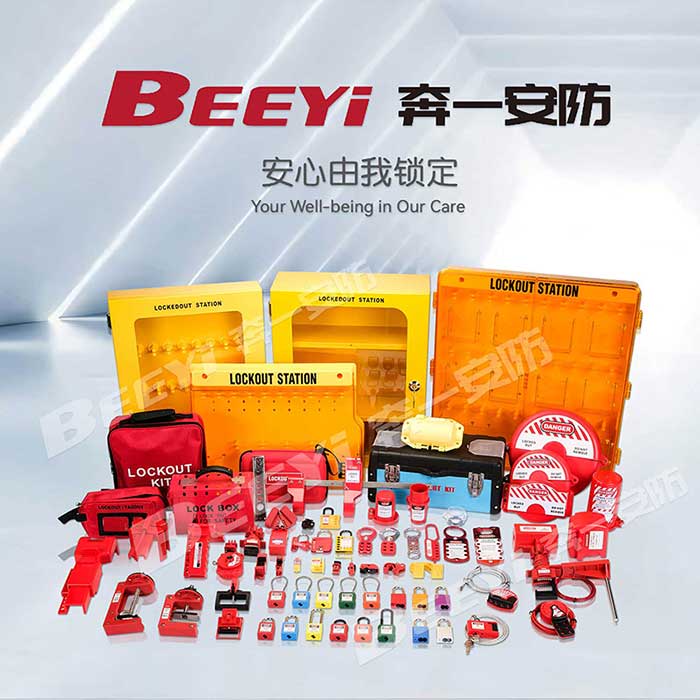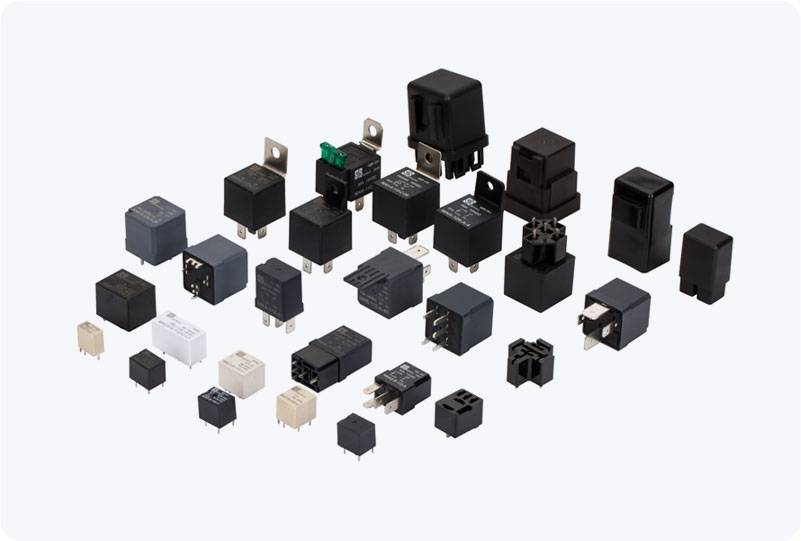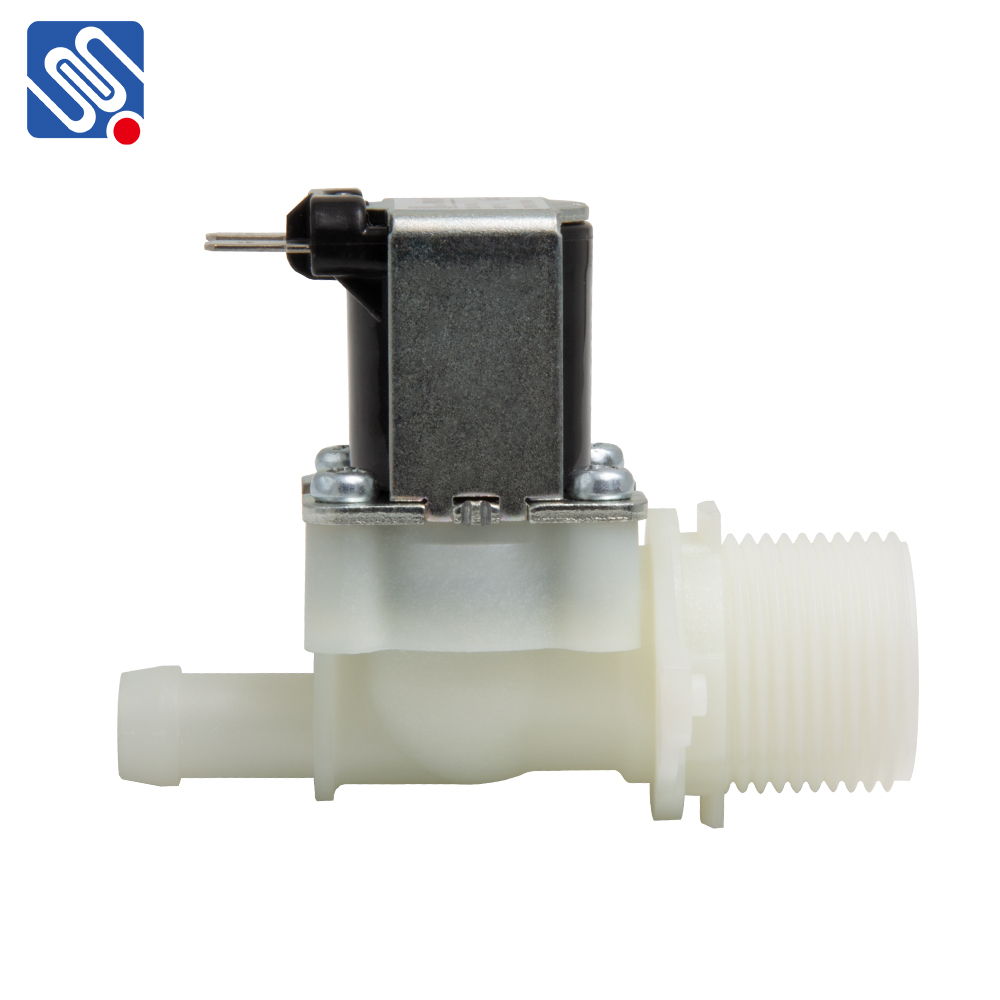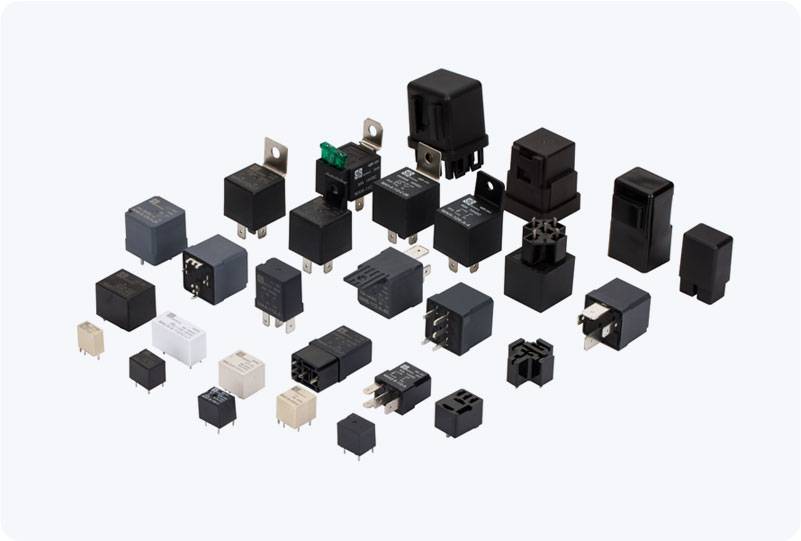Testing a car relay with a multimeter is a useful skill for any DIY mechanic or car enthusiast. Relays are an essential part of automotive electrical systems, responsible for controlling high-power circuits with low-power signals. When a relay fails, it can cause a wide range of issues, such as malfunctioning lights, cooling fans, or even failure to start the engine. Luckily, you can diagnose a faulty relay with just a multimeter and a few basic steps. In this article, we’ll walk you through how to test a car relay with a multimeter to help you identify problems before they escalate.
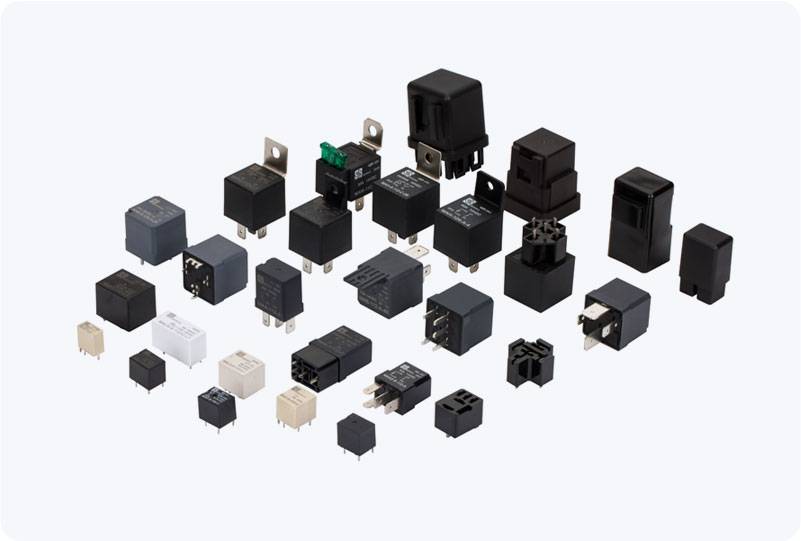
What is a Car Relay? A car relay is an electrically operated switch that allows a small current to control a larger current. It typically consists of a coil, a set of contacts (switching terminals), and a common terminal. The relay’s coil is energized when a small voltage is applied, causing the switch contacts to either open or close, depending on the relay type. Relays are used in many automotive applications, such as powering lights, fuel pumps, and air conditioning systems. Signs of a Faulty Car Relay Before testing your relay, it’s important to recognize the signs of a faulty relay. Common symptoms include:
